Iwan Baan is a renowed Dutch architectural photographer. In his TED talk, he shows us how people and communities thrive and build homes in the most unlikely of places. Baan takes us to an abandoned building in Caracas, Venezuela that has become a miniature city, the slums of Nigeria built on water, a community in Cairo amid recycling heaps and and underground village in China.


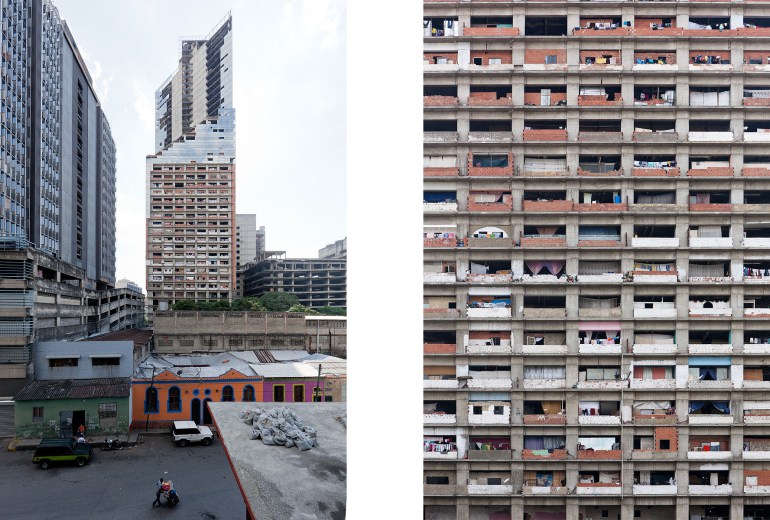
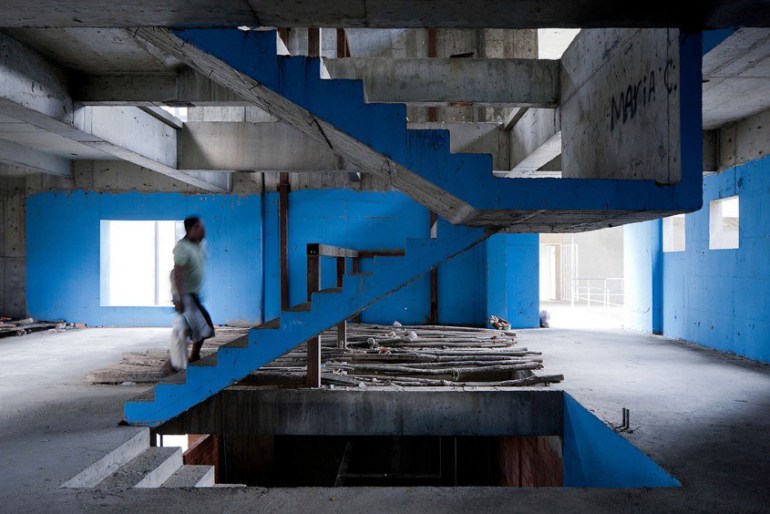

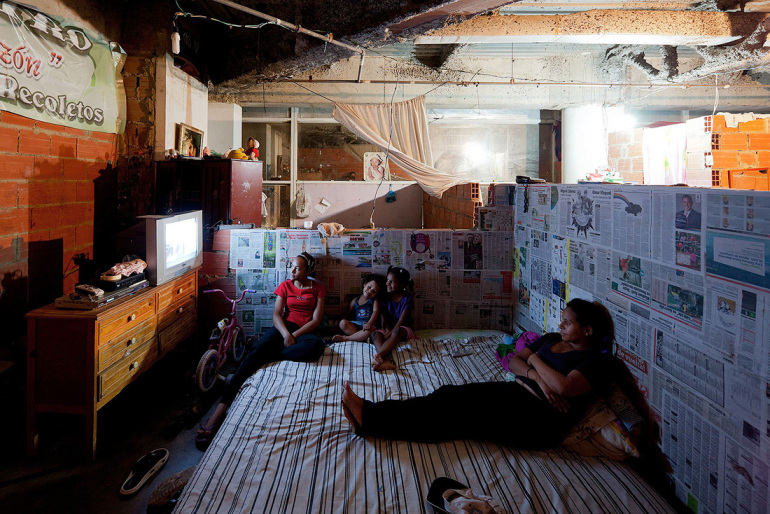
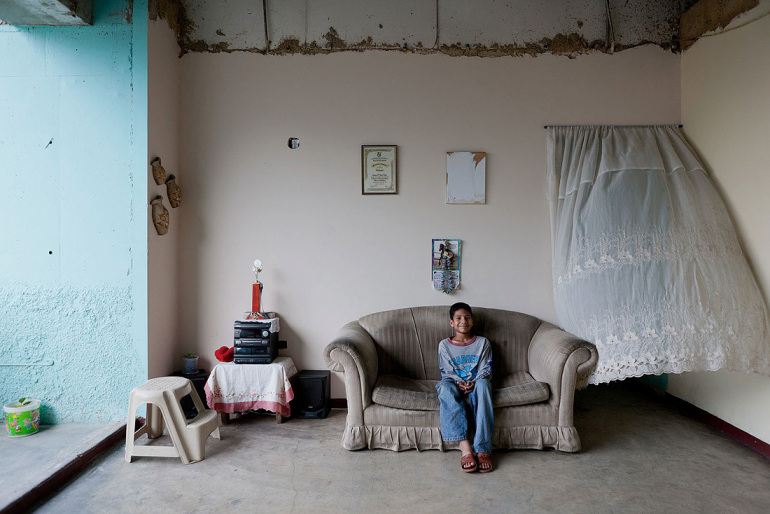
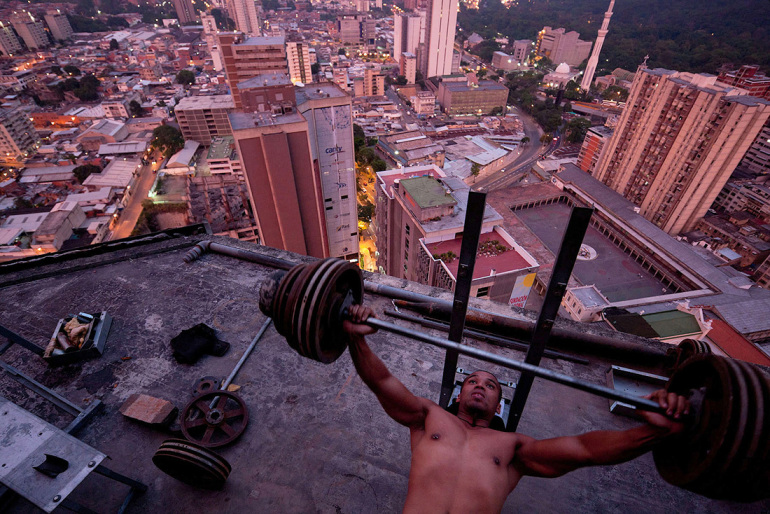
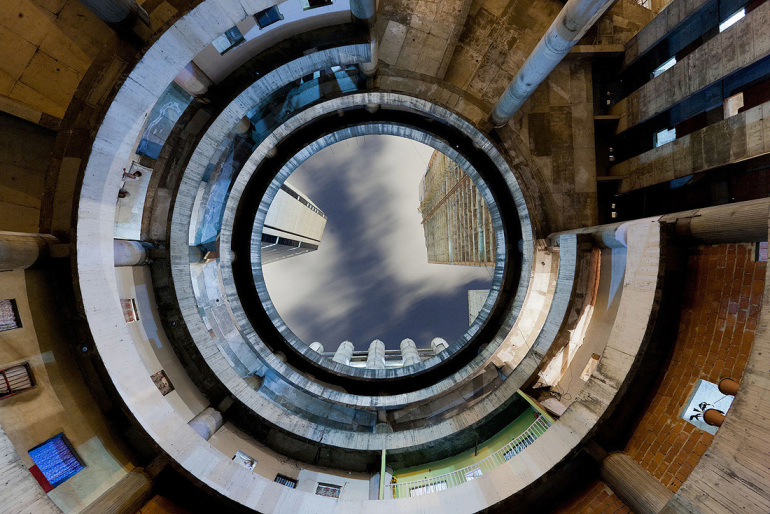
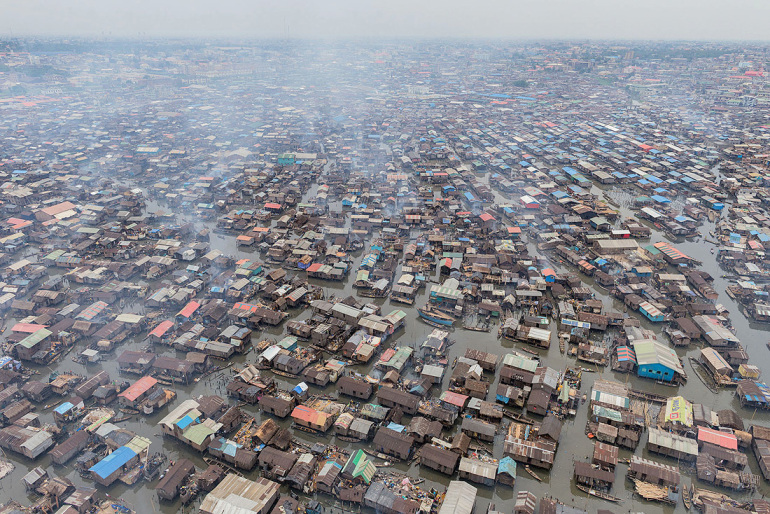

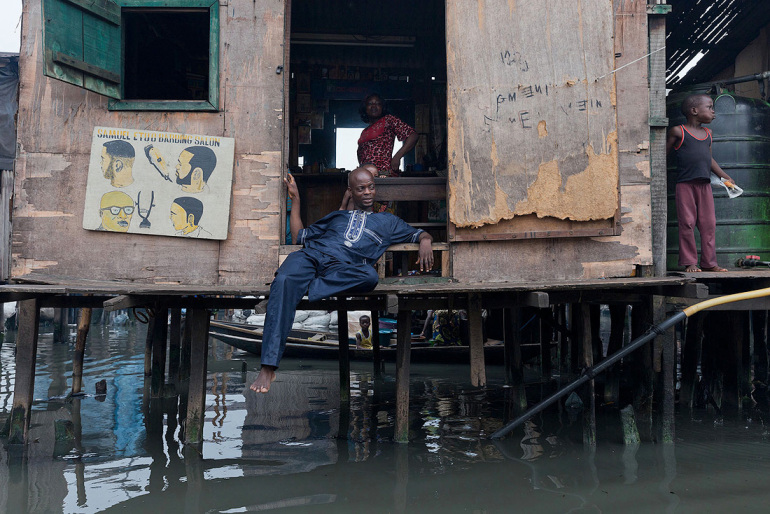
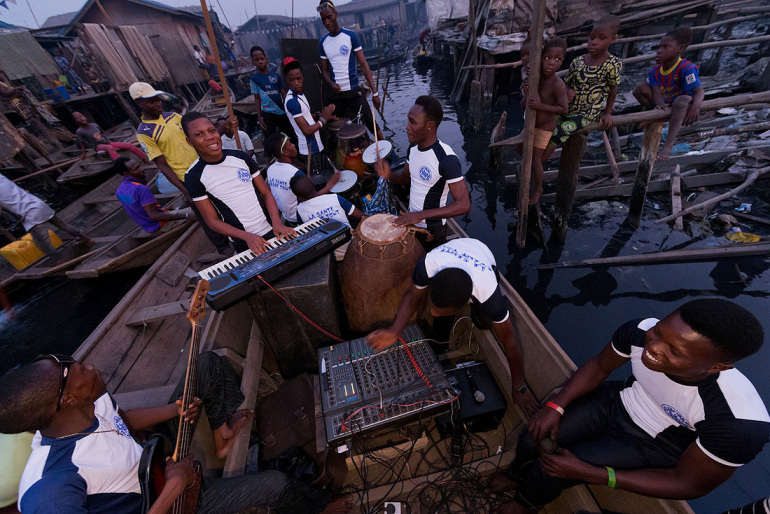


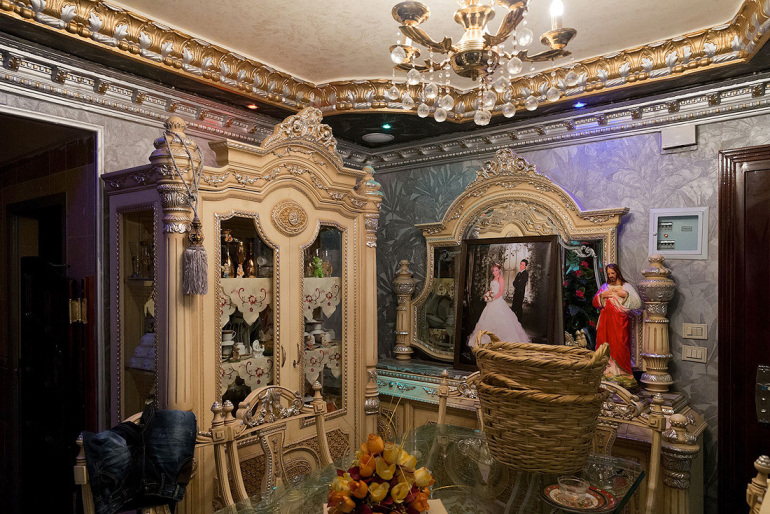
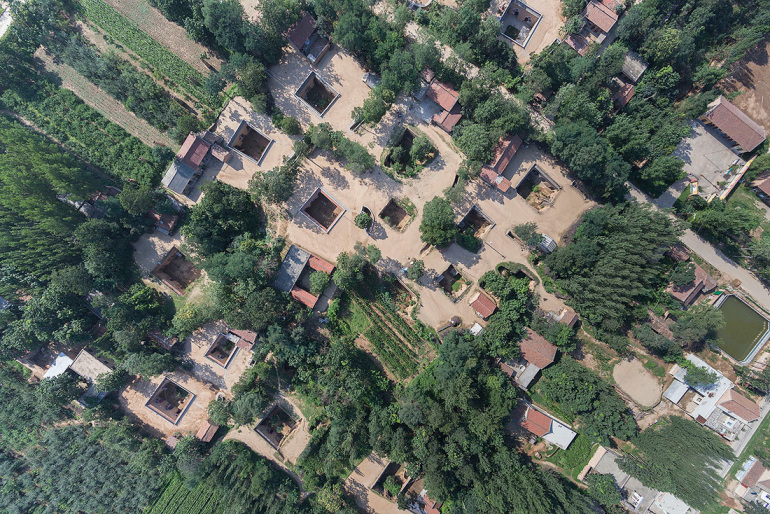
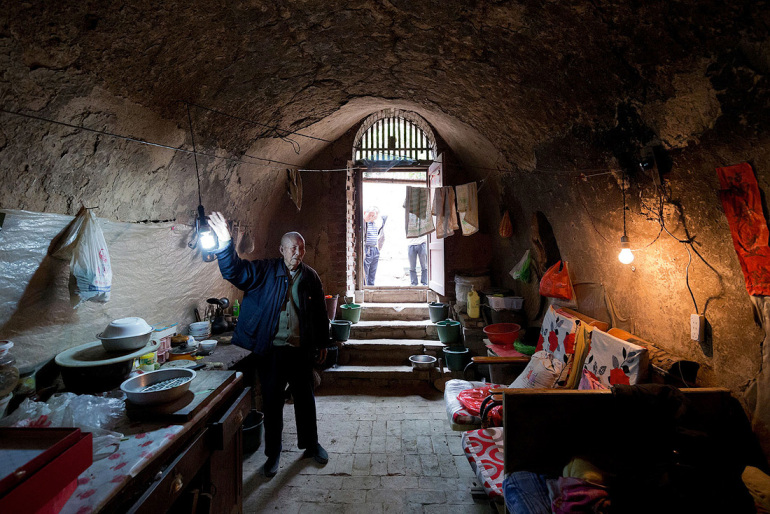
This feature appeared on TED.














